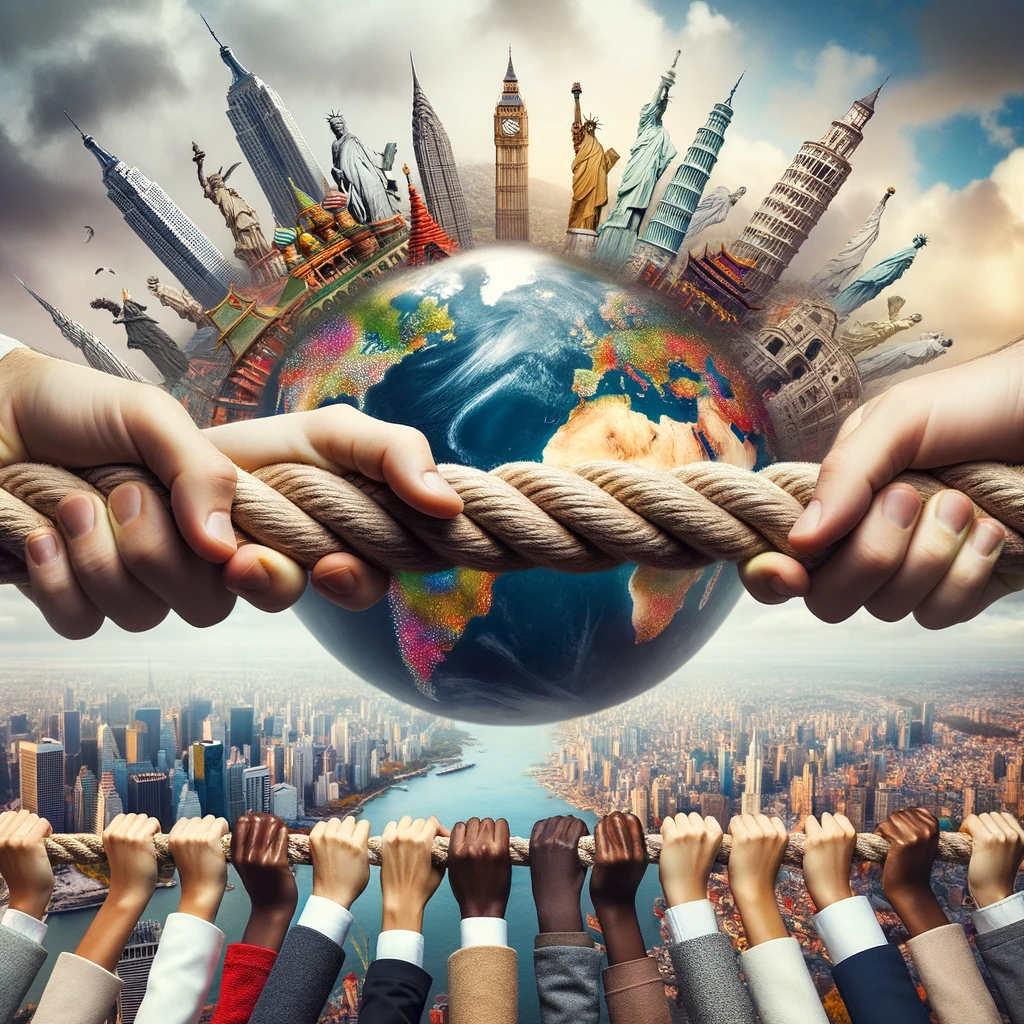
.
The Symphony of Tolerance: Navigating Diversity and Respect in a Complex World
.
The word tolerance is not just one word, but many words in one. Tolerance embodies respect, appreciation and acceptance of the rich tapestry of our world. But my world is not the same with yours. The culture, forms of expression, convictions, beliefs, and practices are so rich in diversity that it ends up changing the ways we are human. It thrives on knowledge, openness, communication, and the freedom of thought, conscience, and belief. Tolerance is the symphony within diversity (UNESCO, 1995).
.
People are more connected – but that does not mean there is more understanding.
.
Tolerance is much more than passive acceptance of others. It is rooted in the recognition of universal human rights and fundamental freedoms for all. Aligned with respect for human rights, practicing tolerance doesn’t equate to tolerating social injustices or compromising one’s convictions. It means the freedom to hold one’s beliefs and respecting others right to do the same (UNESCO, 1995). It is the possibility to accept dissenting beliefs and practices without giving up one’s own beliefs and convictions (Verkuyten, Yogeeswaran & Adelman, 2020).
.
Tolerance recognizes the inherent diversity in appearance, circumstances, language, behavior, and values among humans, affirming their right to peaceful coexistence as they are. It also underscores that one’s viewpoints should not be imposed on others (UNESCO, 1995). Tolerance entails permitting without full approval. It’s a conditional allowance of what is considered undesirable or divergent (Brown, 2006).
.
Given the diversity present in every corner of the world, the increasing threat of intolerance and conflict looms over all regions. Therefore, it becomes imperative to foster tolerance among individuals, families, and communities. Promoting tolerance involves cultivating open-mindedness, encouraging active listening, and nurturing a sense of unity.
.
This endeavor should extend to educational institutions, encompassing schools and universities, and should also include non-formal education, homes, and workplaces. The media can play a constructive role in this process by facilitating open and free dialogues and spreading the values of tolerance (UNESCO, 1995).
.
Policies that advocate for tolerance convey an expectation of acceptance, and over time, this expectation has the potential to reshape individuals’ responses to dissenting beliefs and practices.
.
Adapting to cultural diversity is a gradual process in which individuals become accustomed to new norms and standards over time. This adjustment implying that increased tolerance doesn’t equate to a rise in self-restraint (Verkuyten, Yogeeswaran & Adelman, 2019).
.
In the context of these profound disparities regarding our fundamental beliefs about nations, races, morality, justice, religion, sexuality, and interpersonal relationships, various ways of life clash, and tolerance emerges as a fundamental element in mitigating conflicts among diverse groups within societies (Brown, 2006 ̇ Verkuyten, Yogeeswaran & Adelman, 2019).
.
Sophie Giannikou,
Psychologist, Strategic Planning and Development Department,
IASIS NGO
.
Βιβλιογραφία:
- Brown, W. (2006). Regulating aversion: Tolerance in the age of identity and empire. Princeton University Press. https://doi.org/10.1515/9781400827473
- UNESCO (1995). Declaration of Principles on Tolerance. Culture of Peace Programme.
- Verkuyten M., Yogeeswaran K., Adelman L. (2019). Intergroup toleration and its implications for culturally diverse societies. Social Issues and Policy Review, 13, 5–35. https://doi.org/10.1111/sipr.12051
- Verkuyten, M., Yogeeswaran, K., & Adelman, L. (2020). The Negative Implications of Being Tolerated: Tolerance From the Target’s Perspective. Perspectives on Psychological Science, 15(3), 544-561. https://doi.org/10.1177/1745691619897974
.

